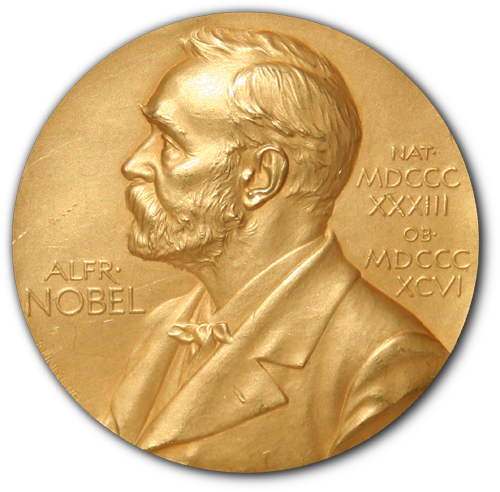Marie Curie is a scientific icon remembered for her new ideas in the field of radiation research. Marie Curie, who first established the term "radioactivity", was key in developing methods for detailed measuring of radioactivity and for discovering its effect on living cells. Marie Curie studied radioactivity, the simple growth of certain elements into other elements and energy.
Marie was the famous chemist and physicist was the first person in the history to be awarded with the two Nobel Prizes in diverse fields of science; chemistry and physics. She is notable for her theory of radioactivity, techniques for isolating radioactive isotopes, and the discovery of two new elements, polonium and radium. Her work has received great appreciation from many scientists all over the world.
Pierre was Lab Chief for the Paris Municipal School of Industrial Physics and Chemistry, and he had a background in magnetism and crystals. Marie and Pierre shared lab space. Pierre gave Marie a lab of her own. In Marie, Pierre found an equal with a comparable devotion to science.
Pierre also did the study of magnetism. He discovered a basic relationship between magnetic properties and temperature. The temperature at which certain magnetic materials undergo a marked change in their magnetic properties is today called the Curie point after Pierre.
The Curies in their laboratory at the School for Industrial Physics and Chemistry.
Marie succeeded her husband as Head of the Physics Laboratory at the Sorbonne, gained her Doctor of Science degree in 1903, and following the tragic death of Pierre Curie in 1906, she took his place as Professor of General Physics in the Faculty of Sciences, the first time a woman had held this position. She was also appointed Director of the Curie Laboratory in the Radium Institute of the University of Paris, founded in 1914.














